Wellington boots first appeared in 1817, as 19th century men's fashion underwent a change. They needed a suitable outdoor boot that would would go under trousers and were originally designed by Arthur Wellesley, Duke of Wellington,'s shoemaker (hence the name wellington boot). Firstly made of leather, entrepreneurs in America began experimenting with using rubber as an alternative. One man, Henry Lee Morris, came over to Scotland and the Hunter shoe brand was born.
Since its small beginnings in 1856 in Edinburgh, Hunter has now become iconic yet also modern and stylish. Once based in Heathhall Dumfries (in September 2008 it relocated back to Edinburgh) it has supplied our army with boots during both World Wars and in the winter of 1955 they created their most famous boot: the original Green wellington, copied by designers globally. The green welly is the ultimate symbol of the British countryside. Even the Royal Family have given Hunter a warrant and they are the official welly suppliers to HM the Queen and HRH the Duke of Edinburgh.
 Original Hunter Green Welly £62.00
Original Hunter Green Welly £62.00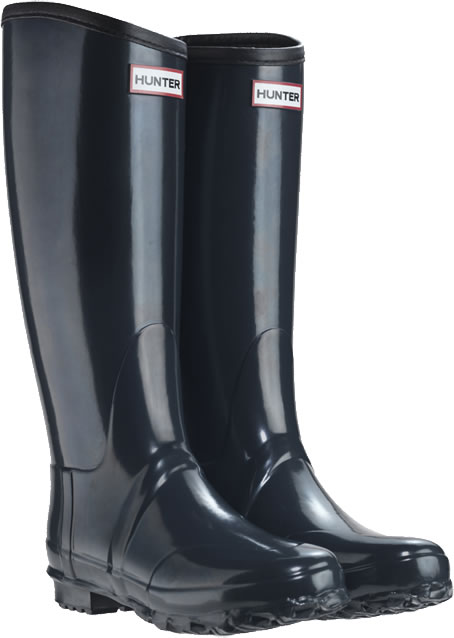 Black Hunter wellies made from Neoprene.
Black Hunter wellies made from Neoprene.
 |
| Irregular Choice 'Rasperberry Ripple' heels made with fabric and ruffles. |
Wellies need to look the way they do; while they can be seen as a fashion statement, wellies are generally worn by people working in the countryside who need practical, comfortable shoes that are easy to clean and offer protection against the elements. The sole and very low heel are designed to be comfortable also, as well as helping feet to grip the uneven surface of country roads, grass and hills. While you can get wellies designed to look pretty and colourful, traditional wellies are generally plain colours such as green and black, as they are more about practicality and function rather than fashion.

On the other hand, Irregular Choice and other high street and designer brands are designed to keep up with current trends (at the same time being individual) and looking good; comfort is not always the idea. While there are shoes like wedges, which claim to be more comfortable, high heels with tight straps and pointy toes are generally much more painful to wear than wellies! Furthermore, companies like Hunter that produce wellies stick to the same shape and styles, whereas top-end famous designers are renowned for pushing boundaries with shoe design. For example, Antonio Berardi designed some thigh-high leather heel-less boots famously worn by Victoria Beckham...
....as well as the 'Armadillo'boots worn by Lady Gaga in her 'Bad Romance' video. They were designed by Alexander McQueen and had a style similar to ballet pointe shoes, witha blocky end going straight down and encrusted with sparkle.
Theses shoes may have had a mixed reaction, but the whole point of them was to look unique, to be different and experimental, rather than be used for work and comfort in the countryside.
 Old cobbler's tools from 1880-1910, found at Charles Roberts' Wagon Works at Horbury Bridge, Wakefield. Not sure what they're exactly for but they did repairing as shoes then were expensive to replace.
Old cobbler's tools from 1880-1910, found at Charles Roberts' Wagon Works at Horbury Bridge, Wakefield. Not sure what they're exactly for but they did repairing as shoes then were expensive to replace. 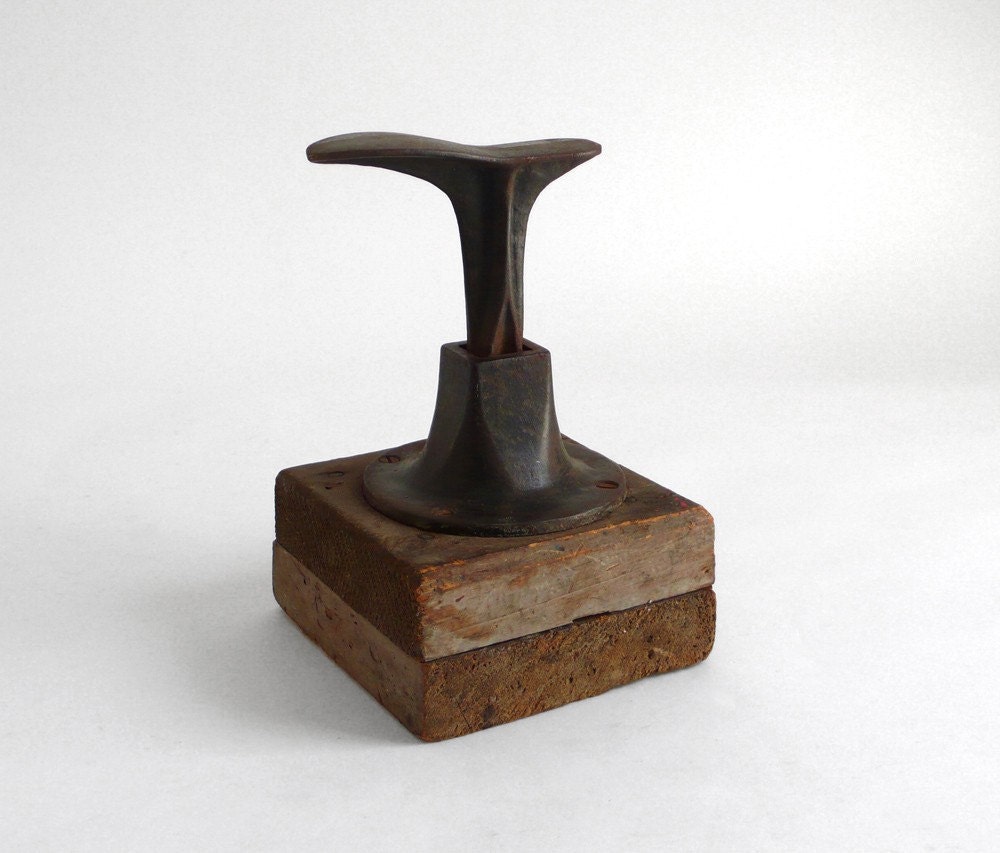 An old cobbler's tool made of cast iron with a large wood block base.
An old cobbler's tool made of cast iron with a large wood block base. 



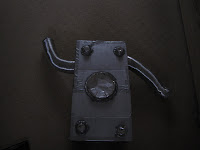 Then it was my group with me, Jacob, Sam and Laura stepping in. It went surprisingly well; we said all our lines and Laura did really well making up lines that would fit with our idea of some lonely toys who wanted to be played with or at least donated to someone who wanted them. At the end Sam asked the audience some questions about what charity shops were and if anyone donated-we got a good response from the Year 2's.
Then it was my group with me, Jacob, Sam and Laura stepping in. It went surprisingly well; we said all our lines and Laura did really well making up lines that would fit with our idea of some lonely toys who wanted to be played with or at least donated to someone who wanted them. At the end Sam asked the audience some questions about what charity shops were and if anyone donated-we got a good response from the Year 2's. 
 Browick Rd
Browick Rd
 This image of a newborn baby attracted a storm of controversy, after another leading children's charity claimed it was 'insulting to the very people they purport to help'. The Advertsising Standards Authority also received 92 letters of complaint; however Barnardo's stuck by its campaign to raise awareness os how children born into poverty will grow up to be living in squalor, addicted to alcohol or drugs and be involved in crime. Despite the outcry against their images last year Barnardo's received an advertsising effectiveness award for these powerful images on child prostitution.
This image of a newborn baby attracted a storm of controversy, after another leading children's charity claimed it was 'insulting to the very people they purport to help'. The Advertsising Standards Authority also received 92 letters of complaint; however Barnardo's stuck by its campaign to raise awareness os how children born into poverty will grow up to be living in squalor, addicted to alcohol or drugs and be involved in crime. Despite the outcry against their images last year Barnardo's received an advertsising effectiveness award for these powerful images on child prostitution.

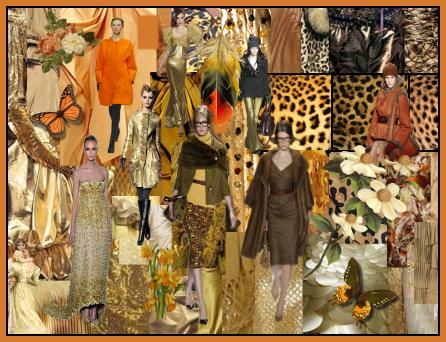 Theme-nature, flowers and animal print
Theme-nature, flowers and animal print Colour-indigo and navy blue
Colour-indigo and navy blue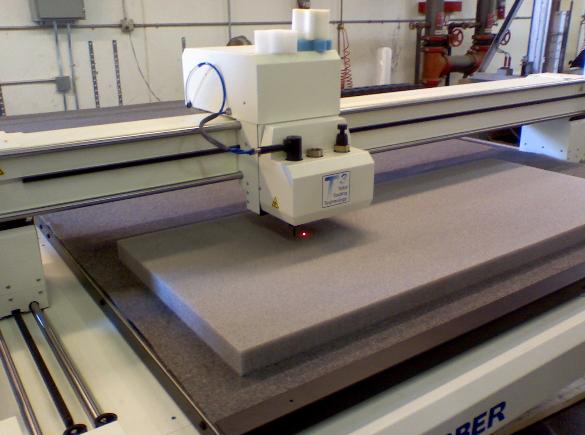 This is a different cutting table I found on the internet.
This is a different cutting table I found on the internet. The labels are added, the shoes are put into boxes and are now ready to be sold!
The labels are added, the shoes are put into boxes and are now ready to be sold! This is the questionnaire my group will hand out to the Year 2's at the end of our workshop. We need to make sure they have understood the day so we can judge whether our campaign was successful. If not, we need to understand what went wrong and how to improve it.
This is the questionnaire my group will hand out to the Year 2's at the end of our workshop. We need to make sure they have understood the day so we can judge whether our campaign was successful. If not, we need to understand what went wrong and how to improve it.






 These are some shoe fashion drawings I found on the Internet when I typed 'fashion drawings-shoes' into Google. The bottom image shows a shoe developing over time, with the first picture being just a shoe last and then the shape and design becomes clear. The second one is someone's drawing of a designer shoe (not sure which designer, possibly a Topshop shoe?). However the firt one looks more like a print or like it's been layered over a seperate piece of paper.
These are some shoe fashion drawings I found on the Internet when I typed 'fashion drawings-shoes' into Google. The bottom image shows a shoe developing over time, with the first picture being just a shoe last and then the shape and design becomes clear. The second one is someone's drawing of a designer shoe (not sure which designer, possibly a Topshop shoe?). However the firt one looks more like a print or like it's been layered over a seperate piece of paper.